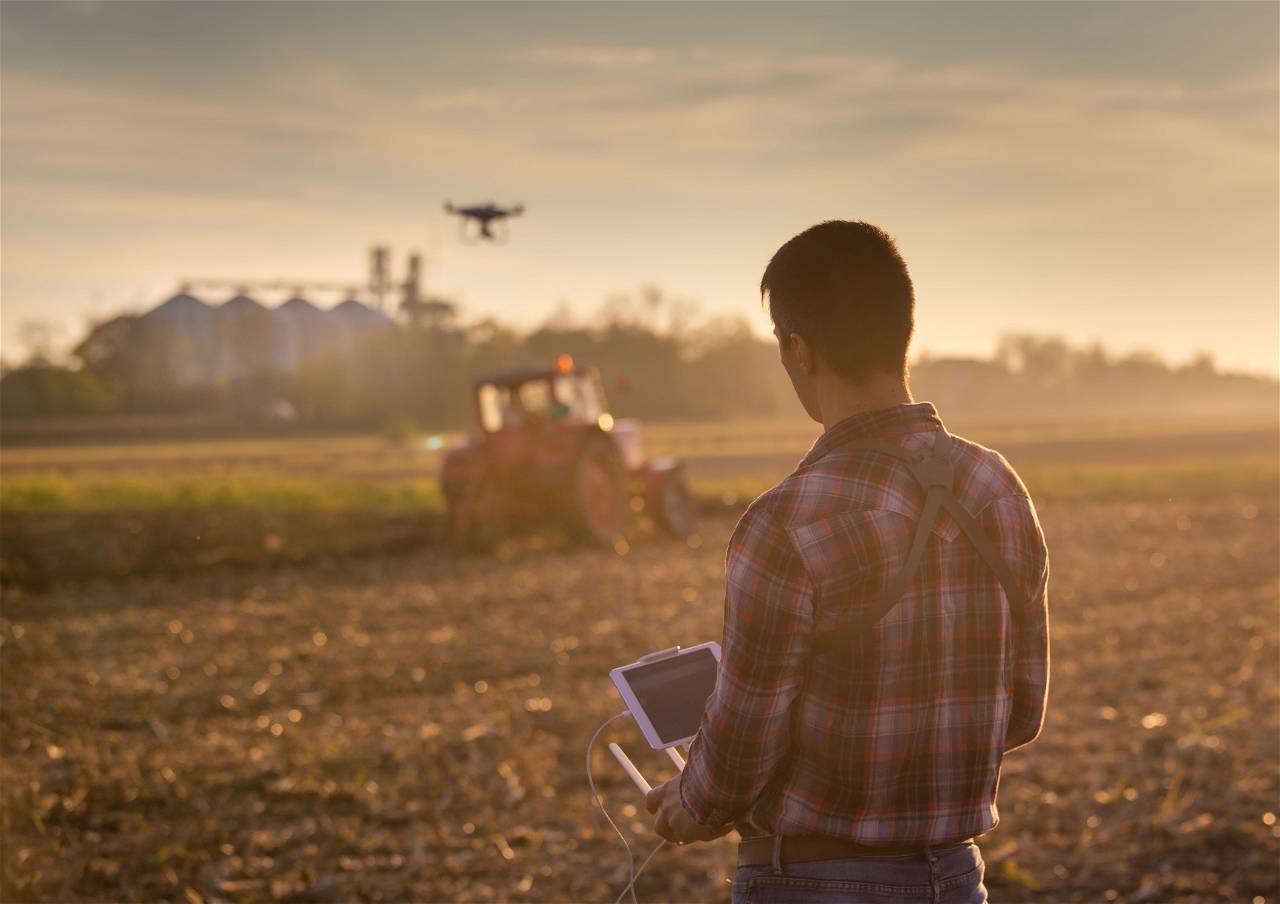
The guidelines for drone use in applying fertilizer to crops are being finalized by the Central government. India is expecting to mirror Europe and Israel in adopting this new method that will help reduce consumption, save on subsidies, and will improve soil health.
“We are in the process of framing guidelines that will help create village-level entrepreneurs who can operate drones” – a Fertilizer Ministry official said.
The Unmanned Aircraft Systems (UAS) Rules had been scraped off by the Government and the liberalized Drone Rules were introduced in August. “The new rules are based on the premise of trust and self-certification. Approvals, compliance requirements, and entry barriers have been significantly reduced” – said PM Modi at the time.
According to the Deputy Director-General of the Indian Council of Agricultural Research (ICAR), SK Chaudhary, “Drones are being used in some countries for the foliar spray of fertilizers.”
“Though the basal dose has to be applied manually while sowing, the subsequent application can be done through drones”, Chaudhary said.
Normally, fertilizer is applied to the roots of the plants. However, over the past five years, nano-urea and liquid fertilizers that are suitable for application through UAS have gained preference, especially in the case of high-value horticulture crops; the ground is ready to be used for drones.
“Protocols are being put in place for drones in pesticides management. Similar guidelines have to evolve for fertilizers as well. Agriculture graduates should be given licenses for drone operation, said an agriculture scientist. “The ICAR is yet to be consulted by the Fertilizer Ministry on the guidelines. Drones need to be operated at a very low height for better results”, said Chaudhary.
Drones Mounted on Tractors
Despite the drones mounted on tractors being ineffective in locust control operations, they provided additional support for sprinkling insecticides on the locust swarms on foothills and sand dunes. During a 15-minute flight, a drone can spray pesticide on a nearly 2.5-acre area.
According to government data from the previous year, the sale of key fertilizers likes – urea, DAP, MoP, and complex – increased 12.5 percent to 58.6 million tons during 2020-21. However, in Kharif 2021, there was a 9 percent drop in sales at 28.4 mt. In the current fiscal year, the industry has pegged subsidy to reach Rs 1.5 lakh crore, which is 89 percent more than the Budget estimate of about Rs 79,529.68 crore.

















